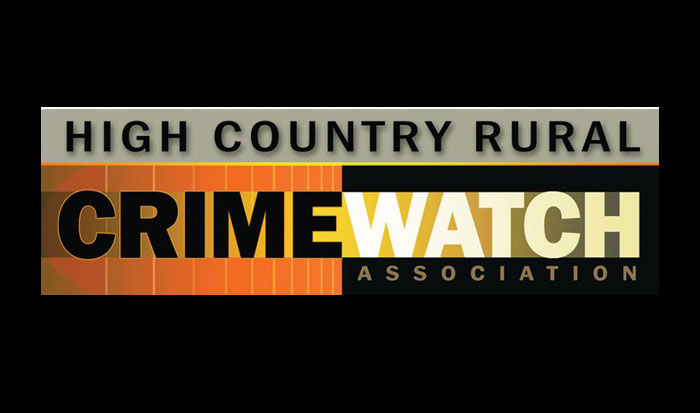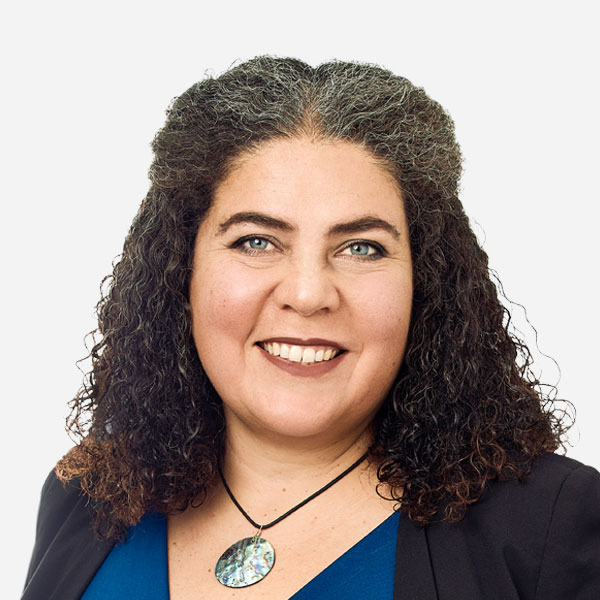Counterfeit Bills in Your Pocket?
How worried should you be about counterfeit money? The short answer is not very worried. However, let’s put the issue in perspective so that you know your risk and, what you can do about it.
It should be noted that the passing of counterfeit bills dropped precipitously after the introduction of polymer bills by the Bank of Canada in 2011. People complained they were slippery which resulted in various inconveniences, but they are doing their job of making it a lot more difficult for counterfeiters. Since the introduction of the polymer bills, the passing of counterfeit currency declined 74% by 2015. It had been a lot easier to counterfeit paper bills.
The Bank of Canada works with the RCMP and law enforcement to keep track of, and assess counterfeit currency numbers, and counterfeiting trends. They then continue to implement measures to thwart potential counterfeiters. From the Bank of Canada website: “The BoC aims to keep counterfeiting levels below a maximum target of 30 counterfeit notes per million notes in circulation (parts per million, or PPM). In 2021, the level of counterfeit notes was 7 PPM and remains well below the target.”
In 2022, Alberta was ranked 4th by province with 1,041 counterfeit bills passed into circulation in Canada; 7% of the Canadian total. The highest was Ontario at 7,303, BC at 4,061, and Quebec at 2,097. This is from the RCMP Forensic Science and Identification Services website. Ironically, in that same year, Alberta led the country in counterfeit bank notes seized by law enforcement at 30,277 or 56% of counterfeit notes seized.
The most commonly counterfeited bill has changed from the $20 bill in the days of paper money to the $100 bill today. However, every denomination is subject to counterfeit. In 2022, the $5 bill was seized 1,522 times, $10 bill 459 times, $20 bill 2,832 bill times, $50 bill 4,235 times, $100 bill 7,252 times and the $1000 bill 28 times. With respect to coins, the Loonie had virtually no counterfeit coins in circulation – there were 2. It was a little different with the Toonie as 10,369 were found in circulation.
If you’re interested in more detail on counterfeit numbers over the years: by denomination, by year or by province you can visit the RCMP’s National Anti-Counterfeiting Bureau website. They have remarkably detailed statistics.
Counterfeit bills can usually be identified easily. One of the best ways a regular person can identify a counterfeit bill is by the feel of the bill. Counterfeiters will try using paper instead of polymer bills. Another good way to identify a counterfeit bill is by looking at the holograph portion of the bill. Counterfeiters will try to cut the holograph from a $5 bill and paste it into a $100 bill. Other attempts will be to use something as crazy as glittery wrapping paper as part of the holograph.
If you want to see what fake holographs look like, google a CBC January 14, 2016 story “Counterfeiters perplexed by Canada’s plastic money”. You can scroll through the pictures and get a bit of a laugh at counterfeiters’ attempts at building fake holographs.
From the Bank of Canada website:
“If you suspect that you’re being offered a counterfeit note, assess the situation to ensure that you are not at risk. Then, do the following:
- Politely refuse the note and explain that you suspect that it may be counterfeit.
- Ask for another note (and check it too).
- Advise the person to check the note with the local police.
- Inform your local police of a possible attempt to pass suspected counterfeit money.
- Be courteous. Remember that the person in possession of the bill could be an innocent victim who does not realize that the note is suspicious.”
If you would like more information on what to look for to determine if a bank note is counterfeit, you can google the Bank of Canada website and search for counterfeit bills. They have information on what to look for that is more in-depth than what
I can fit into this article.
FYI, it is an offense to knowingly hold or knowingly pass counterfeit currency. If you are an innocent holder of counterfeit currency, you won’t be charged, but you are out the dollar amount of the counterfeit currency. Please take your suspected counterfeit currency to local police and they will determine if it is counterfeit or not. If it’s legitimate, you’ll get the currency back. If it is counterfeit, then they will build it into their counterfeiting statistics which will then help them and the Bank of Canada fight counterfeiting. It is important to give them that information despite your potential embarrassment. They need the data points.
Dave Schroeder
HCRCWA Board Member


























